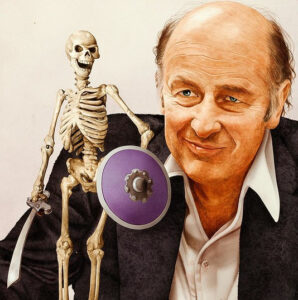
Sometimes words or phrases are coined that seem very apposite in that they appear to capture the essence of a thing or concept and quickly become a shorthand for the phenomenon. ‘Digital twin’ is one such term, increasingly appearing in both popular and academic use with its meaning seemingly self-evident. The idea of a ‘digital twin’ carries connotations of a replica, a duplicate, a facsimile, the digital equivalent of a material entity, and conveniently summons up the impression of a virtual exact copy of something that exists in the real world.
For example, there was a great deal of publicity surrounding the latest 3D digital scan of the Titanic, created from 16 terabytes of data, 715,000 digital images and 4K video footage, and having a resolution capable of reading the serial number on one of the propellors. The term ‘digital twin’ was bandied around in the news coverage, and you’d be forgiven for thinking it simply means a high-resolution digital model of a physical object although the Ars Technica article hints at the possibility of using it in simulations to better understand the breakup and sinking of the ship. The impression gained is that a digital twin can simply be seen as a digital duplicate of a real-world object, and the casual use of the term would seem to imply little more than that. By this definition, photogrammetric models of excavated archaeological sections and surfaces would presumably qualify as digital twins of the original material encountered during the excavation, for instance.



 Visualisation is much in vogue at present, especially with the increasing availability and accessibility of virtual reality devices such as the
Visualisation is much in vogue at present, especially with the increasing availability and accessibility of virtual reality devices such as the